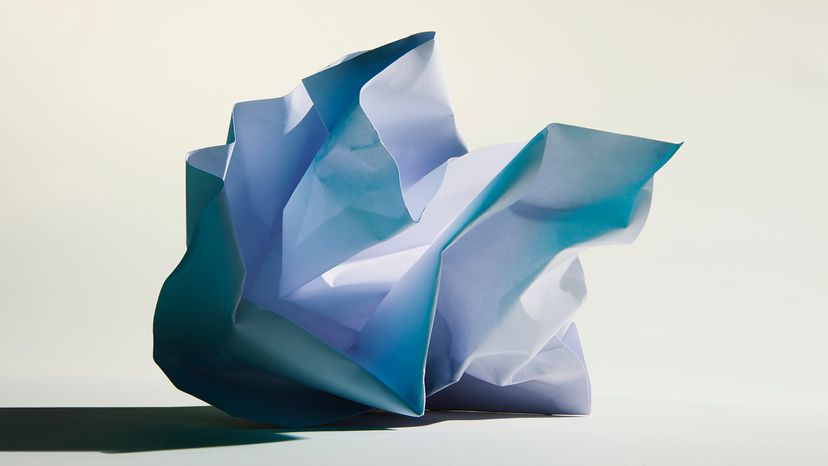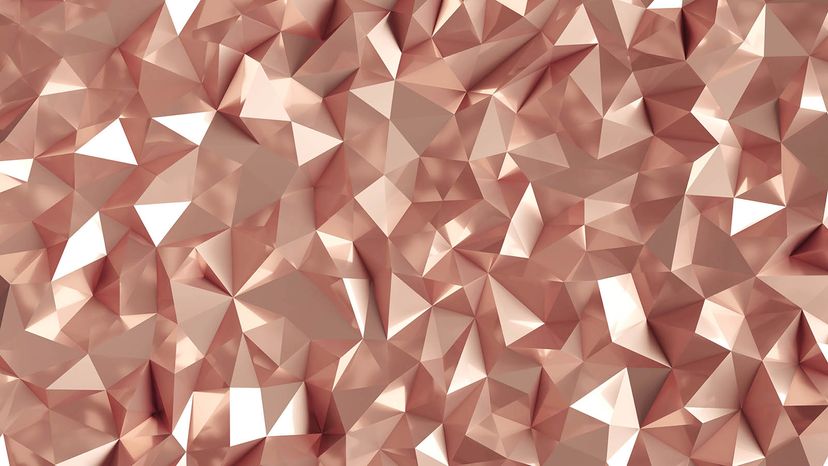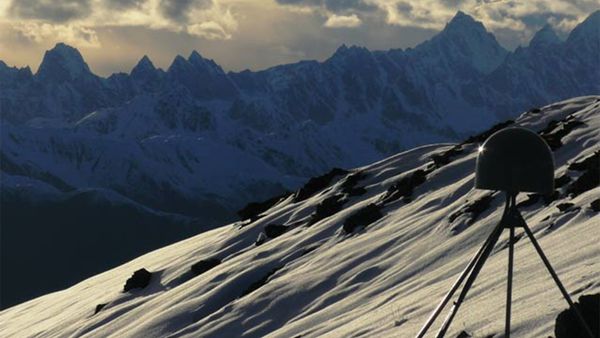
What do a sheet of paper being crushed into a ball and tossed into a wastebasket, the front end of a car deforming in a crash, and the Earth's crust gradually forming mountains over millions of years all have in common? They're all undergoing a physical process called crumpling, which occurs when a relatively thin sheet of material — one with a thickness that's much less than its length or width — has to fit into a smaller area.
And while it's easy to imagine crumpling as mere desultory disarray, scientists who've studied crumpling have discovered that it's anything but that. To the contrary, crumpling turns out to be a predictable, reproducible process governed by mathematics. The latest breakthrough in our understanding of crumpling is a paper recently published in Nature Communications, in which researchers describe a physical model for what happens when thin sheets are crumpled, unfolded and recrumpled.
Advertisement
"From an early age, everyone is familiar with crumpling a sheet of paper into a ball, unfolding it, and looking at the complicated network of creases that form," explains Christopher Rycroft, the paper's corresponding author. He's an associate professor in the John Al Paulson School of Engineering and Applied Sciences at Harvard University, and head of the Rycroft Group for scientific computing and mathematical modeling. "On the surface this seems like a random, disordered process, and you might think that it's difficult to predict anything at all about what happens."
"Suppose now that you repeat this process, crumple the paper again, and unfold it. You will get more creases," Rycroft writes in an email. "However, you won't double the number, because the existing creases already weakened the sheet and allow it to fold more easily the second time around."
Advertisement


